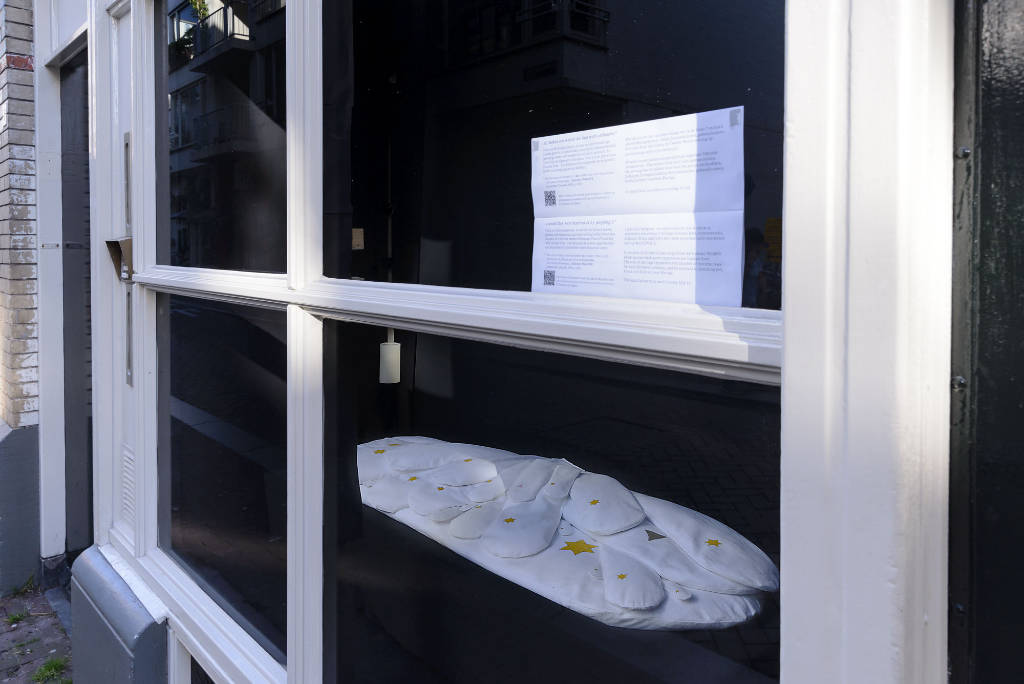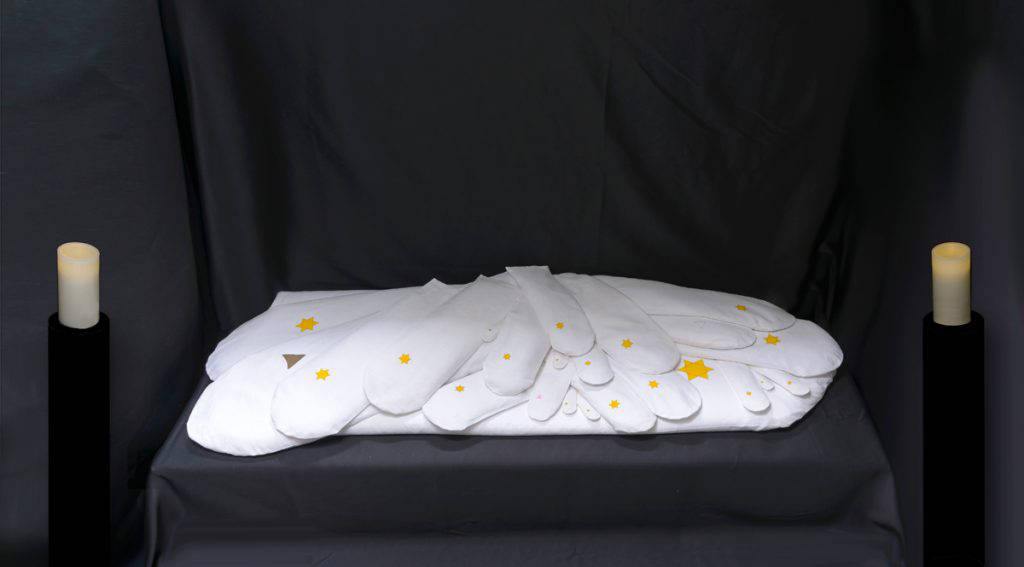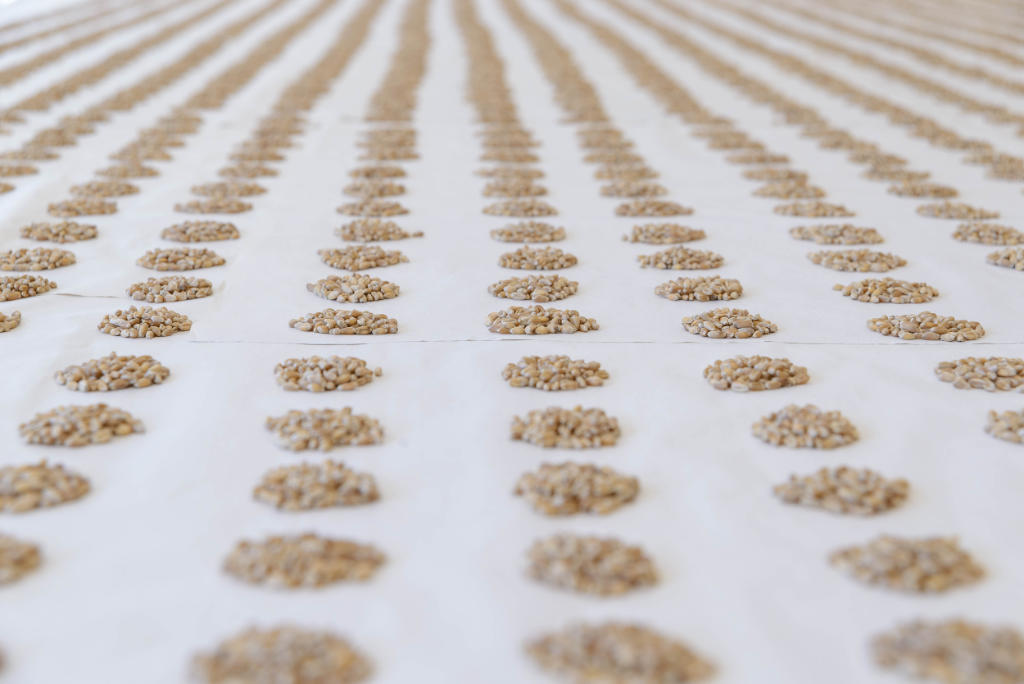Remembrance
a world they were deprived of by peopling it *
An installation dedicated to commemorating the nearly 7 million victims of World War II: Jews, homosexuals, the disabled, Roma, and Sinti who were systematically murdered simply because of their identities.
The installation is located behind the window of Koningsstraat 6 in the Nieuwmarkt area, which was one of the Jewish ghettos in Amsterdam during the war. Previously, a grocery selling kosher bread was situated there.
The owners of the shop, Abraham Plas (1876) and Heintje Plas - van Rheenen (1881), both born in Amsterdam, were apprehended and murdered in the Sobibor extermination camp.
23 white linen bags filled with wheat grains lie on a bier. The size of the bags represents the number of victims - Jews for each European country, and homosexuals, handicapped individuals, Roma, and Sinti across Europe. Even before deportation began, Jews in most countries were forced to wear the yellow Star of David. In the camps, homosexuals had to wear a pink triangle, Roma and Sinti wore a brown one, and handicapped individuals were not labeled because they were immediately murdered.
I have weighed most of the approximately 700,000 wheat grains. I counted 119,700 grains by hand: 10,200 for the Dutch Jews, 1,000 for the homosexuals, 22,500 for the handicapped, and 86,000 for the Roma and Sinti.
to read more, click here
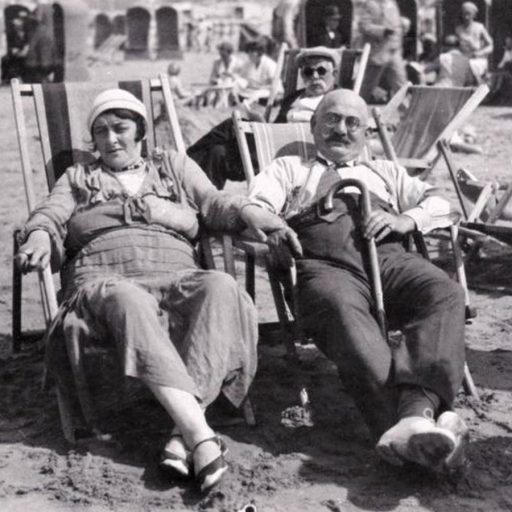
Abraham (born 9 March 1876) and Heintje (born 3 August 1881) are getting married on 6 January 1904. They have four children; a girl who dies at the age of five months, and three sons.
Abraham works as a diamond cutter but loses his job. He decides to start his own business, a grocery with a bread store located at Koningsstraat 5, ground floor. He lives nearby in a boarding house at the Gelderschekade.
In August 1936 the store moves to Koningsstraat number 6, right across the street. Abraham and Heintje live on one of the floors above from then on.
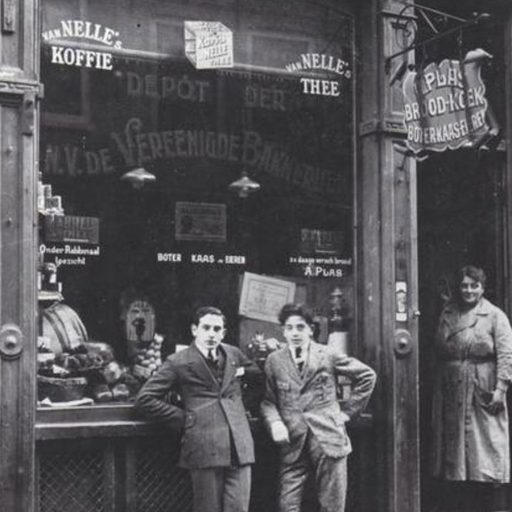
Bakery
Around 1850 Koningsstraat 6 already housed a small bakery.
In 1908, the Amsterdam Steam, Flour & Bread Factory Ceres was granted a building permit to renovate buildings nr. 6 & 8 into a bakery shop with four apartments on the upper floor to accommodate ten families.
Since 1936, Abraham Plas has been selling freshly baked bread three times daily by the Hague-based company N.V. de Vereenigde Bakkerijen O.R.T., under rabbinical control.
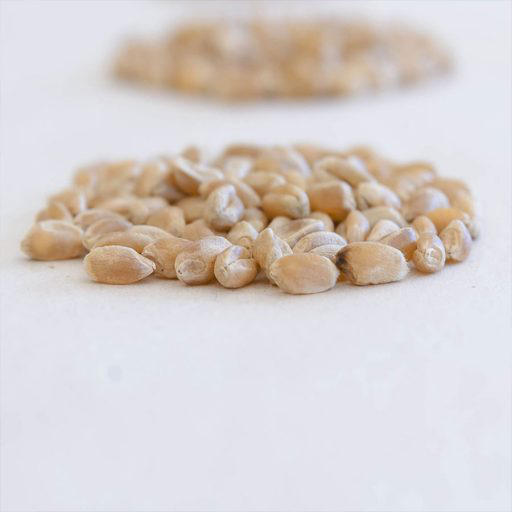
Wheat - Symbolism
Historically, in Western cultures and those of the Middle East, ears of corn and wheat symbolize the hope for an afterlive.
Counting 119.700 wheat grains
The installation is a reflection on the Holocaust, emphasizing the importance of taking one's time. Counting the grains by hand makes 'time' a significant element in creating the installation.
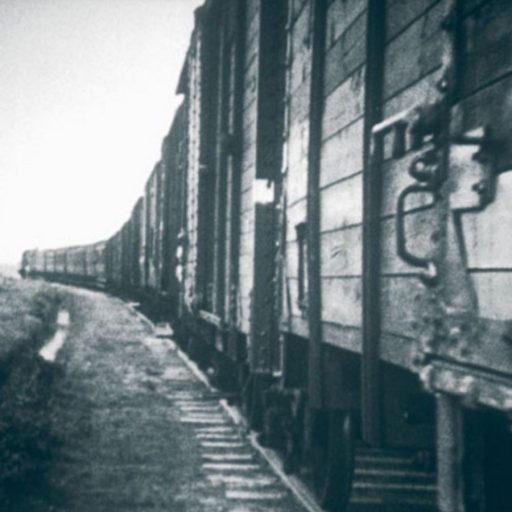
Abraham (67) & Heintje (61) are arrested in March 1943 and on March 30, they arrive at Camp Westerbork. Here they spend a week in the large barrack 60. With 2,018 others, on 6 April they are deported by train to Camp Sobibor.
On April 9, they are killed immediately upon arrival. Out of their 27 close relatives, (grand)children, brothers, and sisters with their immediate family members, only five survived the war: their eldest son, their daughter-in-law and their three grandchildren.
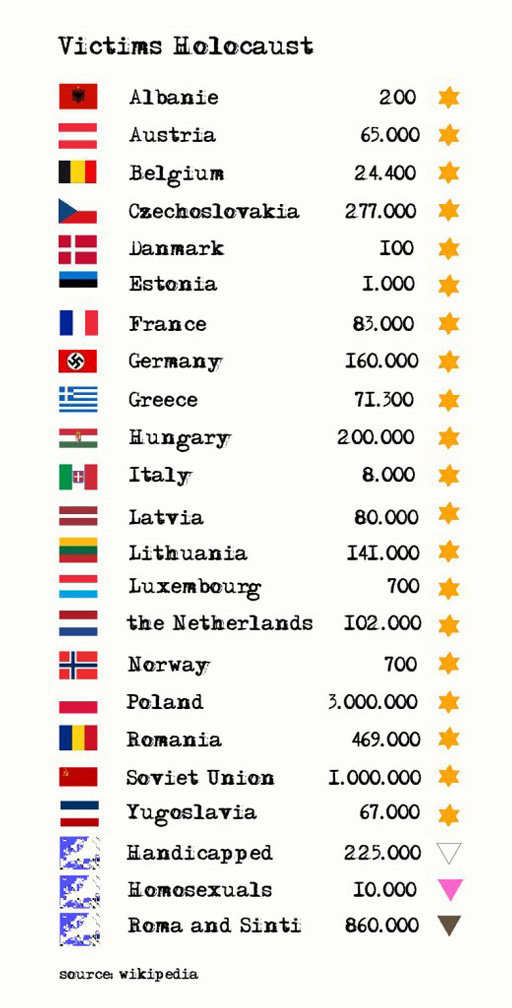
that is all
There is no mankind
there are people
there is poetry no poem
poetry about passing slowly
no poem about strangers
there are people and if I say
I love them I'm lying
and if I'm lying I love them
then I'm telling the truth
about just one human being
and I say they alone
make stone stone
they alone make water water
I mean they make a world
that was deprived of
by peopling it
and that is said twice
that's how things resign themselves
ambiguous and awkward
like the people
I do not love them but
I support them as myself
that is all.
[from: Gerrit Kouwenaar, translated by Donald Gardner, Gedichten 1948-1978. Amsterdam: Querido, 1982, p. 145.]
Some of the many reactions to this installation:
“I am surprised and touched by this project, although I very well know and experienced what happened to large groups of people who were unaware of any wrongdoing.
Your work is clear about that. I hope the people who see this, are also aware or become aware that there is still a lot to be done in too many places in this world for people to live in peace. This artwork is your contribution.”
Marianne Plas
“I find it very impressive and well-conceived. Your initiative also demonstrates that remembrance and making an impression have no connection with volume or mass. Hopefully, many people will come and take a look at the installation.”
Jasper
“A very fine ‘still life’. Silent and ‘life’. Impressive.”
Rudolf
“I went there yesterday. Despite its simplicity and modesty, it is impressive. Thanks to the amount of black behind the installation, the street is reflected in the glass of the window. Thereby it merges the reality of now and then. Due to the black background, the sky turns dark and the street gloomy. Yet at the same time, the sun was shining. I find the symbolism of the wheat grains, the bier and the linen very well found.”
Anton
“Intense, and as a result, it is a beautiful ‘Memorial’. Also, well documented. The poem distances. I appreciated the additional details about the lost lives. Never to forget. Beautiful and touching.”
Els
Thanks to the Stichting Kunst en Cultuur Amsterdam Centrum for her contribution to the costs.

